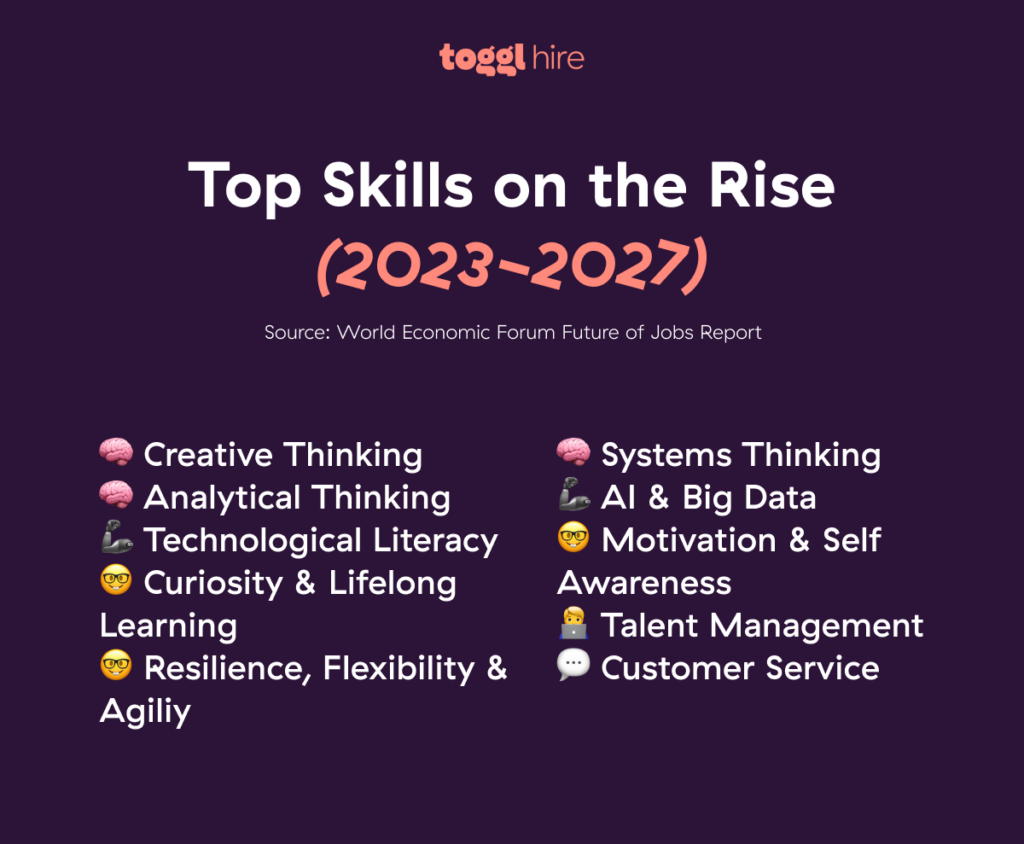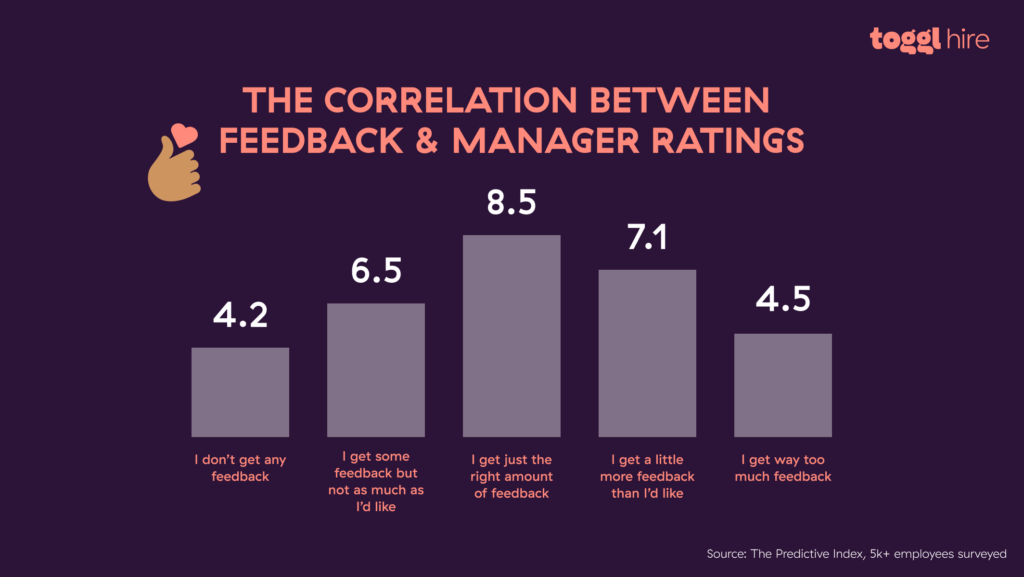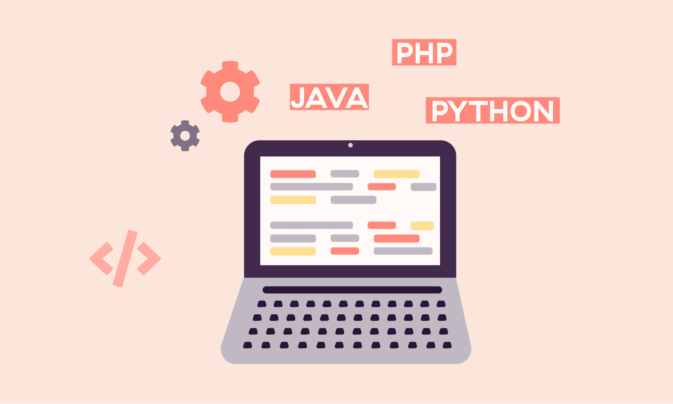The pace of technological change isn’t just fast — it’s accelerating. Blink, and a new device, software, or app is ready to replace your old one.
Keeping up isn’t easy, which is why 87% of companies are grappling with, or anticipate, a skills gap in the foreseeable future, underscoring the pressing need for immediate action.
Effectively managing skill issues is a top concern for both employers and employees. Failing to do so could lead to a decline in productivity, diminished job satisfaction, and missed growth opportunities.
Ready to tackle your organization’s skills gap? Let’s take a closer look at what they are and how to fix them.
TL;DR — Key Takeaways
A skill issue typically refers to a mismatch of skills — between the skills someone has and the skills actually needed to perform well in a job
To tackle a skills issue in your organization, it all starts with identifying the different types. These are technical skill issues, soft skills issues, and transferable skills issues
Many things can cause skill issues, such as technological advancements, bad hiring practices, and a lack of opportunities for training and development
To identify skill issues early and accurately, we recommend running regular performance reviews, doing skills assessments, and creating robust feedback mechanisms
Some tools for handling skills issues include targeted training programs, mentorships and coaching, and creating a culture of continuous learning
What is a skill issue?
Nowadays, a skill issue is any situation where there is a gap between the skills someone possesses and the skills needed to perform a job.
The term “skill issue” originally came from gaming. It refers to a situation in which a player in a game is not up to the task of beating a level, player, or team. Over time, the term spread beyond video games and made its way into HR.

While having a skill issue in a game is no big deal, it’s actually a serious concern in the modern workplace, where learning agility and upskilling are crucial for long-term success.
Types of skill issues
Skill issues in the workplace come in different shapes and forms. However, their impact often extends beyond individual performance and into wider team dynamics.
Tackling them starts with the ability to first identify the different types. Or, in other words, understand the problem in order to find the best solution.
Get familiar with these three different skill issue types so you can identify them more quickly.
Technical skills issue
Technical skills, sometimes referred to as hard skills, involve the specialized knowledge required to perform certain tasks or use specific programs or tools. They’re usually not something someone can fake.
Having a technical skills issue can be a huge cause for concern. For example, if someone lacks technical knowledge in database management or data analysis, they’ll be a poor data scientist and require substantial training before they can adequately perform in the role.
Technical skills issues affect their ability to complete daily tasks or advance in their career. If someone is struggling with technical skills, you could offer training opportunities or upskilling.
Soft skills issue
Soft skills are the personal attributes and interpersonal abilities that allow someone to communicate, collaborate, and navigate social interactions in order to be effective in their role. They can be less tangible and harder to measure than technical skills, but they’re equally important, if not more so.
While technical skills are crucial, soft skills are the ones that are most in demand in 2024. Here are some examples of the most important soft skills:
Communication skills
Problem-solving skills
Interpersonal skills
Time management

If you’re facing soft skills problems, implement regular, structured soft skills training and development programs. Focus on communication, teamwork, problem-solving, and adaptability. Incorporating interactive workshops, role-playing scenarios, and peer feedback sessions can make the learning experience more engaging and effective.
Transferable skill issue
Transferable skills are those that can be applied across different roles in an organization. They are not tied to one job or industry. They are considered to be universal or foundational. Examples include communication skills, leadership skills, critical thinking, adaptability, and teamwork, among others.
When employees or employers don’t recognize or know how to use their transferable skills, they risk lowering their mobility and limiting room for growth in a company or industry.
What causes skills issues?
There’s no easy answer here because it depends on the specific situation and work environment. However, there are various possible sources for skills issues, and it’s important to understand these root causes before treating the effects in your workplace. Typically, the following three factors are the most common causes behind skills issues.

Technological advancements
No doubt, the computer you used in 2010 has changed a lot compared to the one you have today. You’ve also likely had your fair share of machines since then. Whether or not you realize it, keeping up with the latest tech isn’t just a privilege or brag — it actually helps to keep up with the wider changes.
While it might sound cliché, the world of tech is moving faster than ever, and technical skills issues arise when we fail to keep up. For example, if you don’t follow the latest changes in your programming language, you may lack the hard skills to build a new interface in an app or website.
Here are some industries where new technology advancements happen quickly:
Informational technologies (IT)
Healthcare
Banking and finance
Manufacturing
Digital marketing
Education
Transportation and logistics
Energy
A good candidate for an open role across these sectors is someone who takes special care not to fall behind on new ideas in their industry. Otherwise, this skill issue can hold back not just one employee but an entire department.
Hiring practices that lead to skills mismatches
If you discover a skills mismatch in your team, another place to look is in your hiring practices. Be it technical skills or soft skills, here are some common hiring mistakes to watch out for:
Over-reliance on formal credentials — prioritizing previous employers, education, courses, etc., over actual job performance
Narrow job descriptions — that don’t fully cover the responsibilities of a potential new hire or go too broad
Not assessing soft skills — many employers focus on technical skills alone, taking soft skills as an afterthought
Unconscious bias — when interviewers unconsciously give advantage to some candidates because of their background, job history, or some other personal preference
Lack of skills forecasting — being unable to predict which hard or soft skill is going to be needed in your organization in the future
Automated screening processes — using tools such as ATS to automatically eliminate candidates based on certain keywords. For example, disqualifying everyone who does not have “project management” listed as a skill
Lack of training and development programs
Even with the perfect hire, a skills mismatch can still happen down the line. All employees need to keep their skills up-to-date, not only to be a valuable asset to their team but also to future-proof their careers.
Make it easier for them by offering training and development programs for soft and technical skills. It may seem like a big cost up-front, but neglecting their development will cost your business much more in terms of lower productivity, job satisfaction, and higher employee turnover in the long run.
Savvy HR professionals use skills mapping to track and follow their team’s skills. Use skills mapping to determine who has the right skills and identify development opportunities.
How to identify skills issues
Early prevention is key. Spot the signs of skill issues early and accurately and you’ll save yourself and your team from costly mistakes later on. Here are three different methods to try.
Performance reviews
Performance reviews get a bad rap from both employers and employees in most jobs. For your business, it’s a time investment, and for your employees, it can bring up bad feelings.
But when looking to identify skills issues, regular performance reviews help massively, revealing any discrepancy between the skills you have and the outcomes you want to achieve.
To make sure everyone gets the most out of the performance review process, it’s important to explain how the review process will benefit the employee: to help them learn new skills and become valuable assets for the company.
Similarly, self-assessments are a great starting point, but to get the best results, try pairing them with standardized skills tests.
Skills assessments
Skills assessments are a more formal, structured way to uncover skills gaps in your employees. By giving every employee a standardized test for their specific role, you get more accurate results, so you can compare employees against each other or against industry standards.
Another way to do this is by using talent gap analyses.
You can also use practical assignments that simulate real-world tasks in a job role to the same effect. Depending on your industry and the role you’re assessing, you’ll need to use one or more of these tests for the most accurate results.
Discover Toggl Hire’s skills test library, with over 150 ready-made job templates, to get you started in seconds. Test for job-specific skills and team fit with our expert-created assessments.
Feedback mechanisms
When you use the word “feedback” in a workplace, most employees will think you’re talking about feedback from the manager to the employee. Introducing a culture of feedback in your workplace is not without challenges, but the effort will be worth it.

From one employee to another, from a customer to an employee, from a manager to a direct report, and vice versa — feedback helps identify and reveal different skill levels where they count. You can also run anonymous surveys to spot which areas have room for improvement.
How to address skills issues
Skills issues are best addressed head-on, early on, to prevent a snowball from turning into an avalanche. By following these proactive measures, you can turn your skills issues around, leading to enhanced performance, job satisfaction, and organizational growth.
Targeted training programs
Before offering specific training programs to your team members, you have to identify the skills gaps first. Be it communication skills, time management, problem-solving skills, or something else, there is a way to get help with it.
Some training formats that you can use include:
On-the-job training
Online training and courses
Workshops and seminars
Microlearning
Mentorships and coaching programs
Cross-training and job rotations
Each employee should have a personalized learning path. Not everyone has the same skills gaps or skills issues, which is why they should get access to training materials suited to their unique needs.
Make sure to track progress regularly and measure how effective the training is on the employee’s output and productivity. Make adjustments as you go to get the best results.
Mentorship and coaching
While courses and workshops can do wonders, there are few things better than one-on-one sessions between mentors and mentees. The employee has a chance to ask questions, get feedback, and learn through practical examples in a supportive environment.
Besides technical skills, mentorship is immensely valuable for acquiring strategic and leadership skills. People and time management, active listening, conflict resolution, and public speaking — these are all skills that can be transferred through mentorships.
To make the program more effective, set clear goals and KPIs. Even more importantly, carefully match the right mentees and mentors and give them the resources to make the most out of the relationship.
Fostering a culture of continuous learning
Learning in the workplace takes more than a few weeks at a time. To successfully bridge skills gaps, you need a culture of continuous learning, where constant improvement is encouraged by all.
Instead of talking the talk, walk the walk by:
Offering budgets for courses, training, or tuition
Giving time off for training programs
Building an internal resource library of learning materials
Leading by example and participating in these programs, including people from the C-level and below

Put your continuous learning program methods in writing and set clear goals and KPIs that everyone can understand and follow. Define the most important skill an employee should acquire and the milestones they need to hit to achieve it.
Skills assessment and development tools
To uncover skills issues and potential pitfalls, you can take advantage of various skills assessment and development tools. On top of self-assessments, these tools can help you measure performance and set goals for future progress. Here are some tools that can help you assess and develop skills.
Skills assessment platforms
A skills assessment platform helps test the technical and soft skills of an employee relating to specific roles and industries. For example, you can test how someone performs as a project manager in the SaaS industry.
These tools, such as Toggl Hire, allow the employer to test for a wide range of skills and get results from their employees immediately. Likewise, employees get feedback and analytics, telling them their top areas for improvement.

On top of the instant feedback, skills assessment platforms are highly scalable and can be used by 1,000 employees just as easily as 10. You also get the option of customizing each test to better suit the needs of your business.
For example, you could grab our technical writer test and simply send it out to your team of content creators. Or you could go in and change the questions so that they are more relevant to your industry and specific organizational goals.
Performance management software
Performance management tools help businesses set goals and track their performance over time to see if they’re making progress. These tools can show how an employee is evolving and where they have room for improvement.
When choosing your performance management software (and there are many choices), make sure it has these features:
Goal setting and tracking
Two-way feedback mechanisms
Performance reviews
Development planning
Analytics and reporting
Integrations with your HR tool stack
Whatever app you choose, ensure that each employee has unique KPIs and performance goals.
eLearning platforms
eLearning platforms can give your people structured content that closes their skills gaps. Of course, the content should be chosen according to the employee’s unique needs and goals.
Some features that can help with assessment and skills development include:
Interactive courses
Video tutorials
Quizzes in different formats
Gamified learning experiences
Microlearning tasks
These platforms have a unique advantage over traditional learning: employees can learn at their own pace and at a time that suits them best.
Use Toggl Hire to assess skills
With a rich library of skills tests for different roles and industries to choose from, Toggl Hire can help you assess your employees’ skills and identify where they may be lacking.
No matter if you’re trying to hire new people, close the skills gap in your existing workforce, or get inspired for your next talent development program, Toggl Hire fits into the picture seamlessly.
Integrate Toggl Hire into your organizational strategy and see how we can help your workforce every step of the way, from hiring to upskilling. Create your free account and get started today!

Mile is a B2B content marketer specializing in HR, martech and data analytics. Ask him about thoughts on reducing hiring bias, the role of AI in modern recruitment, or how to immediately spot red flags in a job ad.









